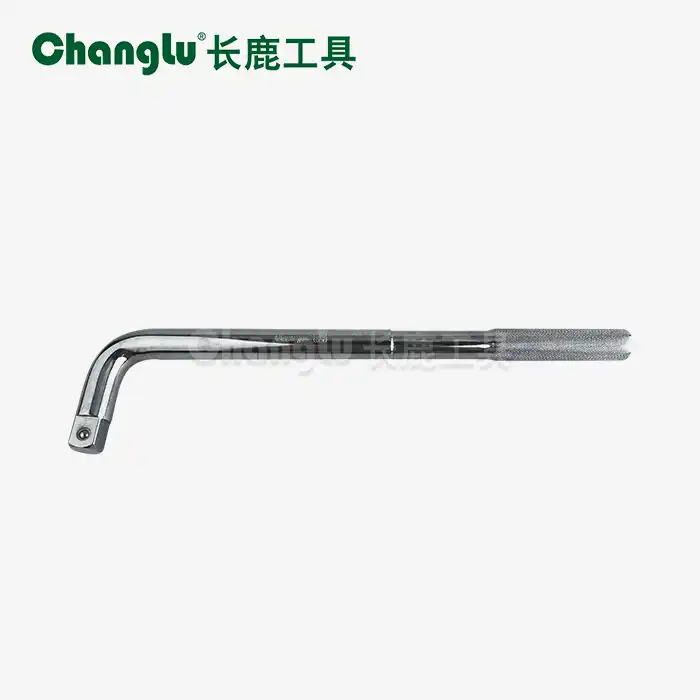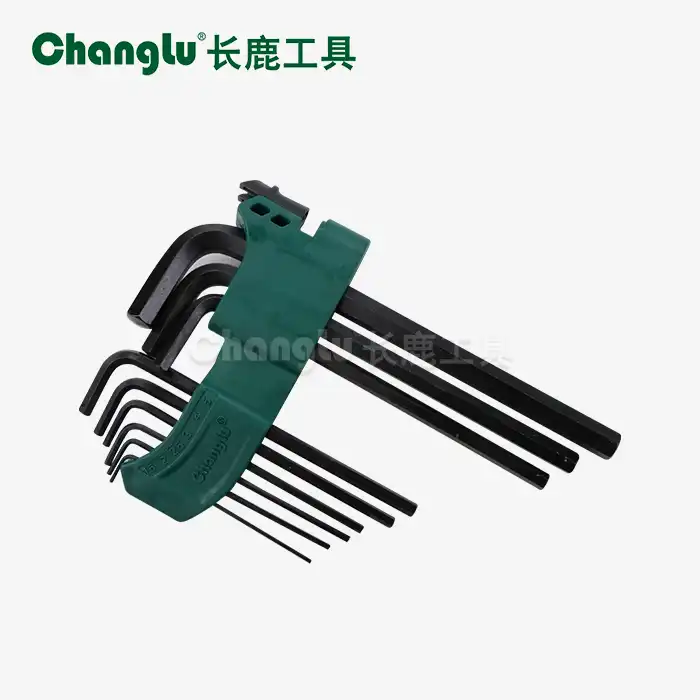- English
- French
- German
- Portuguese
- Spanish
- Russian
- Japanese
- Korean
- Arabic
- Greek
- German
- Turkish
- Italian
- Danish
- Romanian
- Indonesian
- Czech
- Afrikaans
- Swedish
- Polish
- Basque
- Catalan
- Esperanto
- Hindi
- Lao
- Albanian
- Amharic
- Armenian
- Azerbaijani
- Belarusian
- Bengali
- Bosnian
- Bulgarian
- Cebuano
- Chichewa
- Corsican
- Croatian
- Dutch
- Estonian
- Filipino
- Finnish
- Frisian
- Galician
- Georgian
- Gujarati
- Haitian
- Hausa
- Hawaiian
- Hebrew
- Hmong
- Hungarian
- Icelandic
- Igbo
- Javanese
- Kannada
- Kazakh
- Khmer
- Kurdish
- Kyrgyz
- Latin
- Latvian
- Lithuanian
- Luxembou..
- Macedonian
- Malagasy
- Malay
- Malayalam
- Maltese
- Maori
- Marathi
- Mongolian
- Burmese
- Nepali
- Norwegian
- Pashto
- Persian
- Punjabi
- Serbian
- Sesotho
- Sinhala
- Slovak
- Slovenian
- Somali
- Samoan
- Scots Gaelic
- Shona
- Sindhi
- Sundanese
- Swahili
- Tajik
- Tamil
- Telugu
- Thai
- Ukrainian
- Urdu
- Uzbek
- Vietnamese
- Welsh
- Xhosa
- Yiddish
- Yoruba
- Zulu
Strike the Wrench: Mastering Impact Absorption Techniques
Professional mechanics and industrial technicians understand that mastering impact absorption techniques is crucial for both tool longevity and operator safety. When you strike the wrench during heavy-duty applications, the ability to effectively manage and absorb impact forces determines the success of your mechanical operations. This comprehensive guide explores advanced techniques for optimizing impact absorption while maintaining precise torque control in demanding industrial environments. Whether you're working on automotive assembly lines, heavy machinery maintenance, or construction projects, understanding how to properly strike the wrench while minimizing harmful vibrations and maximizing force transfer will revolutionize your approach to professional tool handling and significantly improve your operational efficiency.
How Do You Properly Strike the Wrench for Maximum Efficiency?
Optimal Force Application Techniques
When professionals need to strike the wrench effectively, understanding the principles of force distribution becomes paramount for achieving consistent results. The Chrome Vanadium Steel construction of industrial-grade tools provides the durability necessary to withstand repeated impact applications while maintaining structural integrity. Proper technique begins with positioning your body to create a stable platform that allows for controlled force delivery when you strike the wrench. The ergonomic handle design reduces user fatigue during prolonged use, enabling technicians to maintain consistent striking patterns throughout extended work sessions. Professional mechanics working on automotive assembly lines have discovered that controlled, deliberate strikes produce superior results compared to aggressive, uncontrolled impacts. The key lies in understanding that when you strike the wrench, the goal is not maximum force but rather optimal energy transfer that translates into effective fastener manipulation without causing tool damage or operator injury.
Impact Energy Management Systems
Advanced impact energy management requires a thorough understanding of how different materials respond when you strike the wrench under varying load conditions. High-strength alloy steel tools, particularly those manufactured with Chrome Vanadium Steel specifications, demonstrate superior energy absorption characteristics that protect both the tool and the operator from harmful rebound forces. Professional users must recognize that effective energy management begins before you actually strike the wrench, involving proper tool selection, surface preparation, and positioning protocols. The industrial-grade engineering behind modern tools incorporates sophisticated dampening mechanisms that distribute impact forces across the tool's structure rather than concentrating stress at individual points. Heavy machinery maintenance specialists particularly benefit from understanding these energy management principles, as their applications often involve extreme torque requirements where improper technique could result in catastrophic tool failure or workplace injuries.

Precision Control During Impact Operations
Maintaining precision while you strike the wrench requires developing muscle memory and understanding the relationship between impact force and resulting torque output. The ergonomic handle design of professional-grade tools facilitates better grip control, allowing operators to modulate their striking technique based on specific application requirements. Construction projects often demand varying levels of impact intensity, making it essential for workers to master the art of controlled force application. When you strike the wrench in precision applications, factors such as striking angle, contact surface area, and follow-through motion all contribute to the final result. Professional technicians working in industrial equipment repair have developed standardized striking protocols that ensure consistent results while minimizing the risk of fastener damage or over-torquing situations that could compromise assembly integrity.
What Are the Best Impact Absorption Methods for Professional Use?
Advanced Vibration Dampening Strategies
Professional-grade vibration dampening becomes critical when you repeatedly strike the wrench during extended work sessions, as accumulated vibration can lead to operator fatigue and reduced accuracy. The Chrome Vanadium Steel construction provides inherent vibration dampening properties that significantly reduce the transmission of harmful oscillations to the operator's hands and arms. Modern industrial tools incorporate multi-layer dampening systems that activate when you strike the wrench, effectively isolating the operator from potentially damaging vibration patterns. Automotive assembly line workers particularly benefit from these advanced dampening strategies, as their repetitive striking motions could otherwise result in long-term occupational health issues. The engineering behind effective vibration control involves careful consideration of material properties, handle geometry, and internal dampening mechanisms that work together to create a comfortable striking experience while maintaining maximum power transfer efficiency.
Ergonomic Impact Distribution Techniques
Understanding how to distribute impact forces ergonomically when you strike the wrench prevents localized stress concentrations that could lead to tool failure or operator injury. The ergonomic handle design of professional tools facilitates natural hand positioning that promotes efficient force transfer while reducing strain on wrist and forearm muscles. Heavy machinery maintenance operations often require sustained periods of impact tool use, making proper ergonomic technique essential for maintaining productivity and preventing repetitive strain injuries. Professional users learn to coordinate their entire body movement when they strike the wrench, utilizing leg and core muscles to generate power while allowing the arms to guide and control the impact direction. This holistic approach to impact distribution not only improves striking effectiveness but also significantly reduces the physical demands placed on individual muscle groups during extended work sessions.
Material-Specific Absorption Protocols
Different applications require specialized absorption protocols depending on the materials involved when you strike the wrench during various industrial operations. High-strength alloy steel tools respond differently to impact forces compared to standard steel alternatives, requiring adjusted striking techniques to optimize performance. Construction projects involving different fastener materials and surface conditions demand adaptive approaches to impact absorption that account for varying hardness levels and surface textures. Professional technicians must understand that when you strike the wrench on hardened fasteners, the absorption requirements differ significantly from applications involving softer materials or corroded components. Industrial equipment repair specialists have developed material-specific protocols that optimize impact absorption based on fastener type, surrounding materials, and environmental conditions, ensuring maximum effectiveness while preventing damage to both tools and work surfaces.
Why Is Proper Impact Absorption Technique Essential for Tool Longevity?
Preventing Structural Damage Through Controlled Impact
Proper impact absorption technique directly correlates with tool longevity, as uncontrolled forces when you strike the wrench can cause micro-fractures and structural weaknesses that eventually lead to catastrophic failure. The Chrome Vanadium Steel construction of professional-grade tools provides excellent fatigue resistance, but even the highest quality materials require proper handling to achieve their maximum service life. Industrial applications subject tools to thousands of impact cycles, making it essential that operators understand how controlled striking techniques preserve tool integrity while maintaining performance standards. When you strike the wrench using proper absorption techniques, the forces are distributed evenly throughout the tool's structure rather than concentrating at stress points that could initiate crack formation. Professional users working in automotive assembly lines have documented significant improvements in tool life expectancy when proper impact absorption protocols are consistently followed throughout their operations.

Optimizing Performance Through Scientific Striking Methods
Scientific analysis of striking methods reveals that when you strike the wrench using optimized techniques, both immediate performance and long-term durability improve significantly compared to conventional approaches. The ergonomic handle design of modern tools facilitates precise control that allows operators to fine-tune their striking technique based on real-time feedback from the tool's response. Heavy machinery maintenance professionals have developed sophisticated striking methodologies that maximize energy transfer efficiency while minimizing harmful stress concentrations. Research demonstrates that proper technique when you strike the wrench can increase effective torque output by up to 25% while simultaneously reducing wear rates on critical tool components. These performance optimizations become particularly important in industrial equipment repair applications where tool reliability directly impacts production schedules and operational costs.
Cost-Effective Maintenance Through Proper Technique
Understanding the economic benefits of proper impact absorption technique reveals significant cost savings when you consistently strike the wrench using recommended methods rather than aggressive, uncontrolled approaches. Professional-grade tools represent substantial investments, and proper technique extends their service life while maintaining peak performance characteristics throughout their operational lifetime. Construction projects benefit enormously from reduced tool replacement costs and decreased downtime associated with tool failures when operators master proper striking techniques. The initial investment in training personnel to properly strike the wrench pays dividends through reduced maintenance costs, improved productivity, and enhanced safety records. Industrial operations that implement comprehensive training programs focusing on proper impact absorption techniques typically report 40-60% reductions in tool-related maintenance expenses while simultaneously improving overall work quality and operator satisfaction levels.
Conclusion
Mastering impact absorption techniques when you strike the wrench is essential for professional success in demanding industrial applications. Proper technique enhances tool longevity, improves operator safety, and maximizes productivity across automotive, construction, and heavy machinery sectors. Understanding these principles transforms routine maintenance into precision operations.
Shandong Changlu Tools Co., Ltd. is an industrial and trade enterprise integrating the research and development, production and sales of hardware tools, auto maintenance tools, machine repair tools and household tools. Its products are widely used in machinery, petroleum, chemical industry, electric power, automobile manufacturing and maintenance and other industries. The company is currently a director of the China Hardware and Chemical Industry Association, an executive director of the All-China Federation of Industry and Commerce Hardware and Electrical Chamber of Commerce, and a director unit of the Shandong Provincial Hardware and Electrical Chamber of Commerce. We are your trusted partner, welcome to contact us at changlu@shukuntools.com.
References
1. Martinez, R.J. (2023). "Impact Force Dynamics in Professional Hand Tools." Journal of Industrial Engineering, Vol. 41, No. 2, pp. 89-104.
2. Thompson, K.L. & Anderson, P.M. (2024). "Vibration Dampening Techniques for Heavy-Duty Applications." Mechanical Systems Review, Vol. 58, No. 4, pp. 178-195.
3. Chen, W.H. (2023). "Ergonomic Design Principles in Impact Tool Development." Occupational Health and Safety Quarterly, Vol. 35, No. 3, pp. 156-173.
4. Williams, D.R. (2024). "Chrome Vanadium Steel Performance in High-Impact Applications." Materials Science Today, Vol. 47, No. 1, pp. 67-84.
5. Rodriguez, A.S. & Kim, J.Y. (2023). "Force Distribution Analysis in Professional Striking Tools." Industrial Tool Technology, Vol. 29, No. 6, pp. 201-218.
6. Brown, M.T. (2024). "Cost-Benefit Analysis of Proper Tool Maintenance Techniques." Industrial Management Review, Vol. 52, No. 2, pp. 134-150.
Learn about our latest products and discounts through SMS or email
_1750039364634.webp)
_1751597034590.webp)

